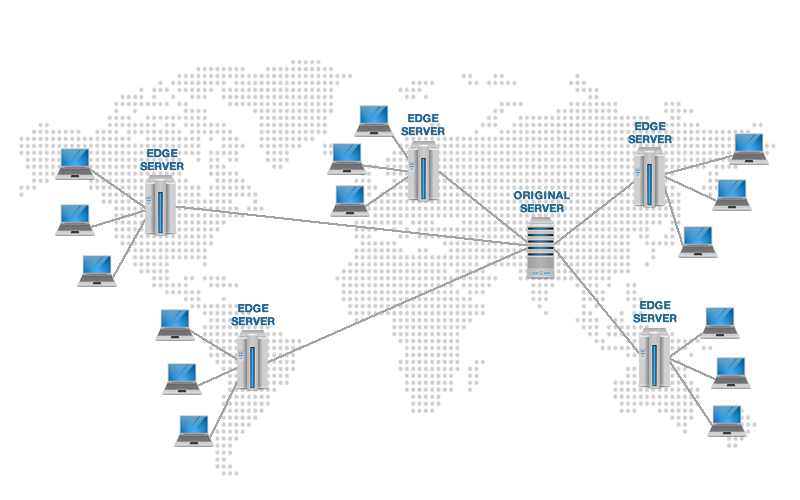A Content Distribution Network, or CDN, can help you drastically reduce the time it takes for your website to load. They can also help with load balancing, bad bot mitigation, enhanced dependability, and other things.
With so many free CDN options available, there’s no excuse not to utilize one to boost the performance of your website. Today, we’ll go through some of the useful services you may utilize to improve the performance and stability of your website.
CDN
CDNs are systems that aid in the reduction of page load latency. When a web browser requests to your website, it must transit a physical separation from the browser to your hosting server.
The time it takes for data to travel from a browser to a web server and back is referred to as latency. The longer the distance, the more delay there will be.
A request from a browser in Malaysia to a server in Penang, for example, will normally be significantly faster than a request from China to New York.
Uses Of CDN
CDNs function by caching a portion of your website’s content across different servers. Your web server, for example, may be in Thailand, but the CDN could be caching parts of it in Germany, China, Sydney, and other areas of the globe.
When a visitor makes a request for your website, the request is routed through the CDN first. Two things will happen when the content delivery network gets these requests.
First, the CDN serves cached data from the server closest to the origin of the request. At the same time, the CDN sends the request to your web server, which loads the remaining items.


